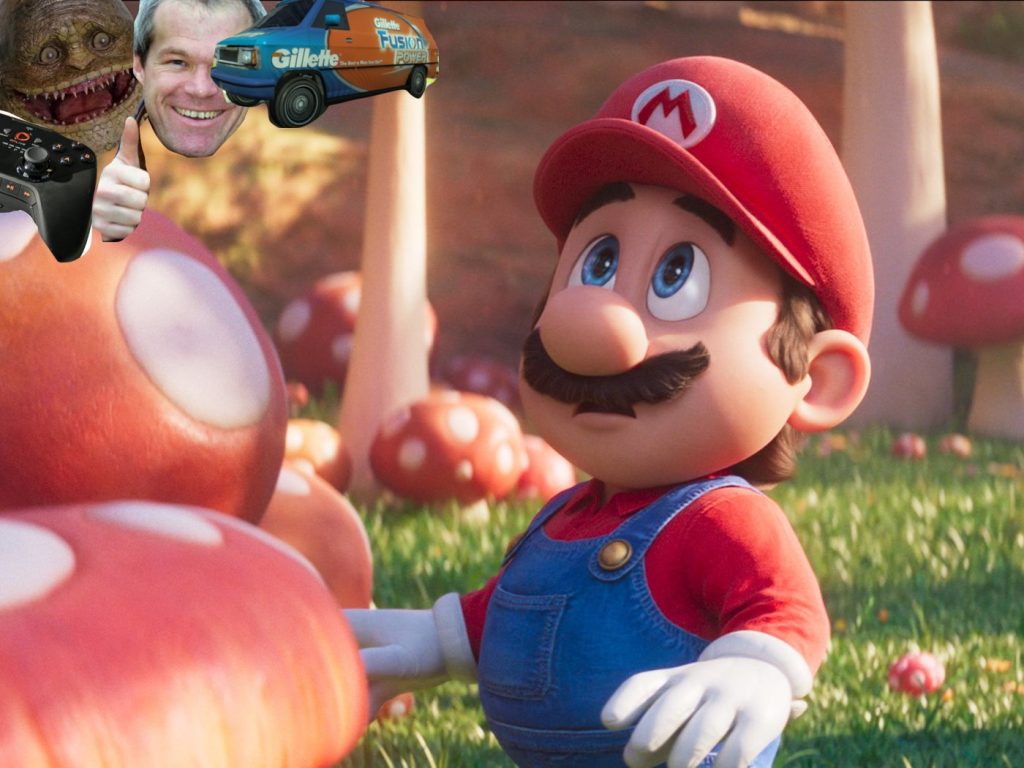
Matthew Ball’s excellent piece, The Tremendous Yet Troubled State of Gaming in 2024, unpacks a paradox: gaming seems prosperous yet is marred by unprecedented industry layoffs. Ball’s findings reveal a simple reality: playtime is down over 20% (3.5 hours per week) from its COVID peak. This decline, further seen in declining inflation-adjusted spending, cements gaming as an entertainment product with a capped growth potential. Without new strategies to reclaim time to share, gaming’s best days are behind it.
Despite COVID hangovers, Ball remains optimistic about gaming’s prospects, citing opportunities in streaming, in-game advertising, and transmedia. Apparently, the mid-00s breakthrough of OnLive, Burnout Paradise, and Uwe Boll wasn’t enough. But other growth suggestions include “‘UGC platform developers’ (i.e. Roblox developers) shifting to standalone titles.” This resulted in Steam’s top-charter, Lethal Company, the product of a former 21-year-old Roblox developer. UGC needs to play a central role in returning gaming to COVID highs.
Game design is a technology; like other knowledge-based technologies, it improves the more people work on it. Ideas have sex and cross-pollinate into emergent breakthroughs. User-generated content (UGC) results in idea orgies, and it’s given gaming its top genres: MOBA and battle royale. However, few franchises have added in-game UGC creations outside the party genre (Stumble Guys, Eggy Party, etc), and even fewer have viable monetization strategies. Unfortunately, there’s little indication this is changing, and instead, the Youtube-like models of Unreal Engine for Fortnite (UEFN) and Roblox dominate.
Two in three U.S. kids play Roblox (!), a platform that trades at an astonishing 57 times EBITDA. UEFN is growing and maintains an aggressive (and public) roadmap of features. Yet, cracks emerged underneath the surface: Roblox’s growth is from tier-three regions, hinting at future slowdowns, while first-party content dominates UEFN. As Ball astutely observes, technology shapes content, and UEFN and Roblox remain 3D joystick experiences. It’s hard to imagine them fostering experiences like Wordle. For gaming to flourish, it must embrace the variety of platforms already in people’s lives.
One of gaming’s crowning achievements is its ability to convert Tetris-like pieces into experiences using computers, phones, watches, airplane TVs, and Peleton bikes. However, its contortions haven’t always yielded long-term success. Despite selling over 200M Wii and Switch units, Nintendo couldn’t convince its newly diverse audience to play anything beyond Wii Sports and Mario Kart. Smartwatches were a dead end, and fitness devices resulted in closets of Pelotons piled on Wii Fit boards. Social media is gaming’s biggest contortion opportunity, but failed gaming divisions at Snapchat, Facebook, and TikTok don’t bode well.
If gaming can’t redefine its post-COVID future, its best days are behind it.